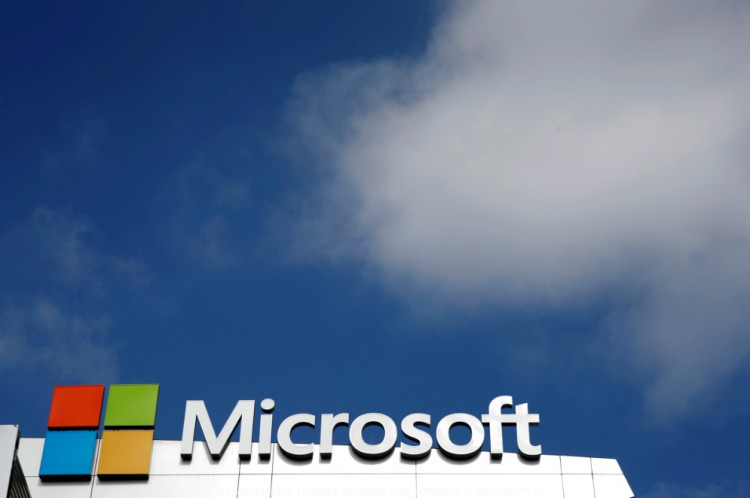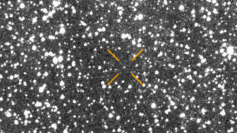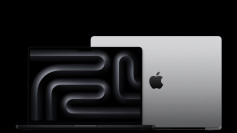If the testing phase will turn out as projected, the next Windows 10 feature upgrades will be delivered free of glitches and as non-eventful as possible. This was hinted by the latest build of Windows 10 Version 1909, codenamed 19H2, deployed by Microsoft to Windows Insider participants.
The general mode of update delivery would be similar to Cumulative Updates, and specific features are deactivated by default, according to ZDNet. This plan by Microsoft is currently unfolding with Build 18362.10000 of the OS, which the company said is now being tested by Insiders in the Slow Ring.
The latest beta build is essentially the initial 19H2 build provided by Microsoft to users in the Insider program. It is understood the plan has been designed to unburden users and encourage them to migrate to the new Windows 10 version as soon as it becomes available.
For average users, the planned change will not be earth-shaking. In a report, PC World said the update experience would not be altered significantly except that the Spring delivery of the feature upgrade will be bigger than the Fall delivery. The latter will be repackaged by Microsoft engineers as cumulative patches for the purpose of making the jump to the new version as smooth as possible.
The core benefits that this new approach entails will be mostly felt by PC makers and large enterprise users. As indicated by Microsoft, "the April release will add new features, making the fall release a servicing release that will iron out bugs and upgrade features already in Windows," which is a plan that suits well with the OEM and business sectors.
With the 19H2 or Version 1909 treated more as servicing of the feature upgrades afforded via the May 2019 Update, Microsoft said it is giving better emphasis "process and servicing pipeline for delivering updates to customers."
"Going forward, these updates will continue to contain the same improvements and fixes released for the May 2019 Update in addition to new 19H2 changes," the company was reported as saying.
If the revised pattern were adopted as the governing policy of future Windows 10 feature upgrades, it would be unsurprising to see the millions of holdouts to old Windows versions to finally consider migrating to the latest version. Surely they will appreciate that the focus has shifted from the delivery of new features to the quality of service.
Most notably, Microsoft rechanneling major Windows 10 upgrades to the cumulative updates path could be the factor to finally kill Windows 7 and other older versions of the operating system.






